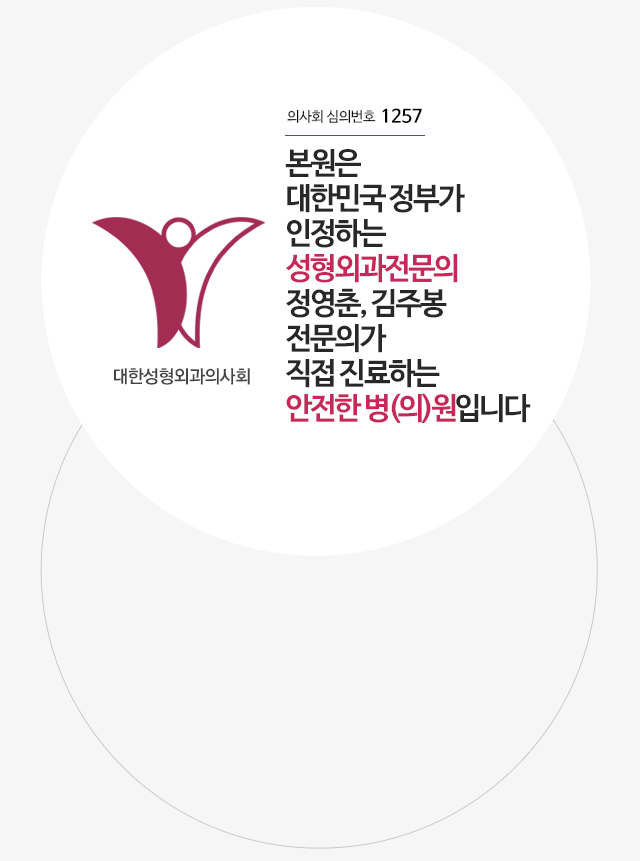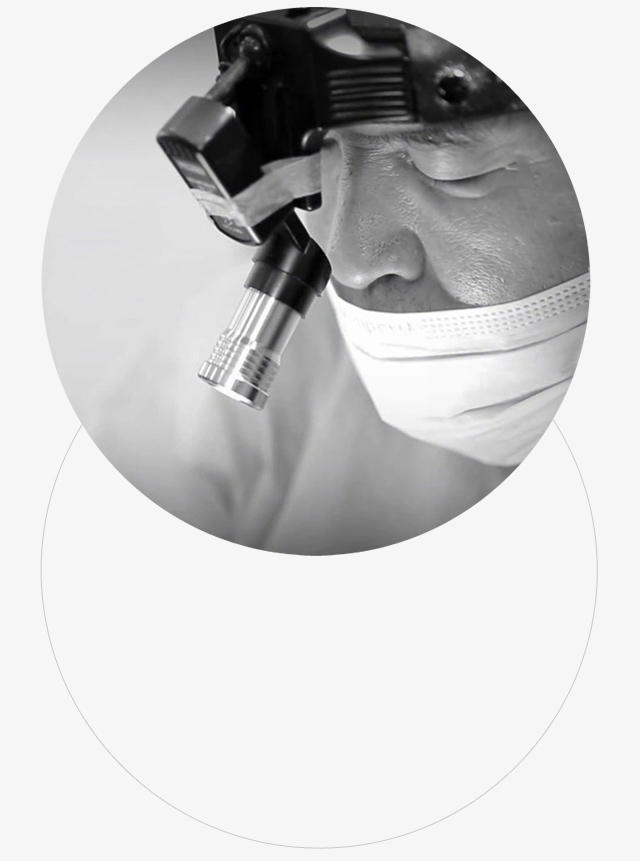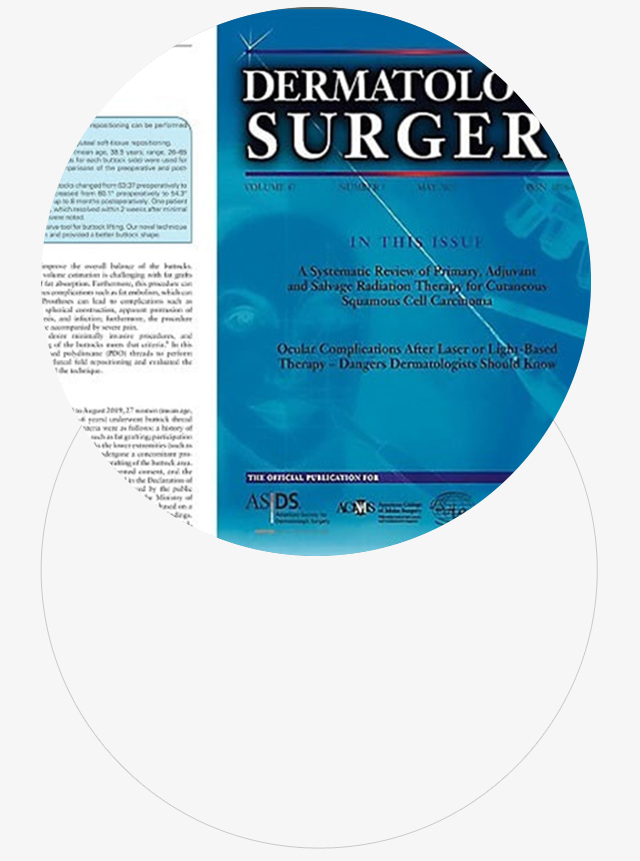


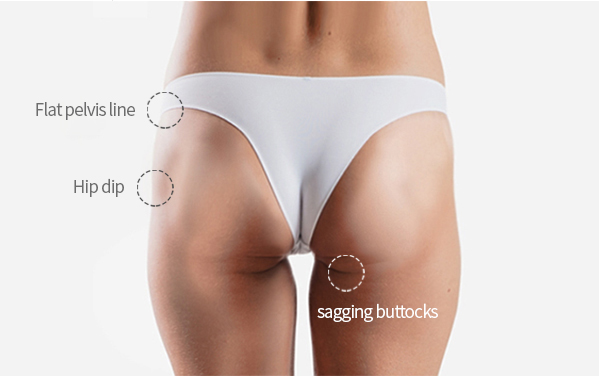
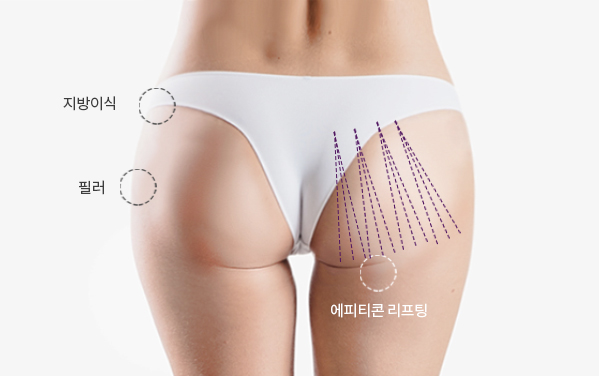








QUALITY OF LIFE












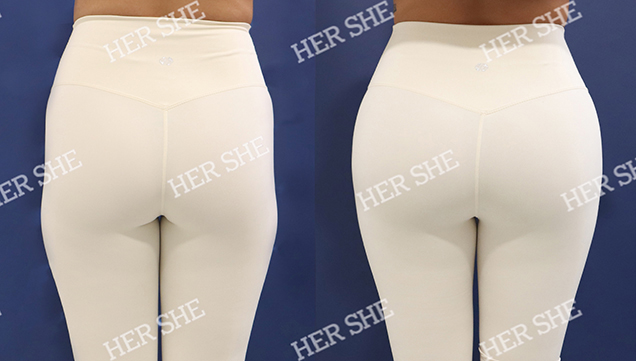
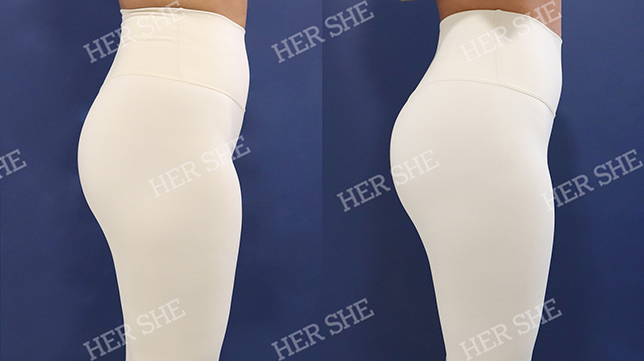

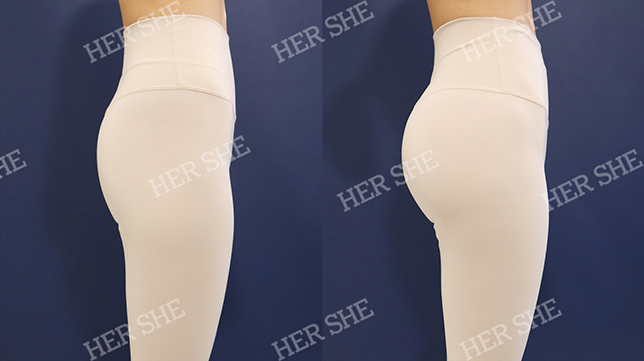

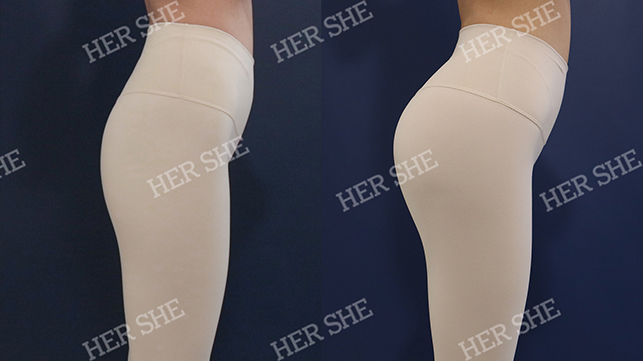
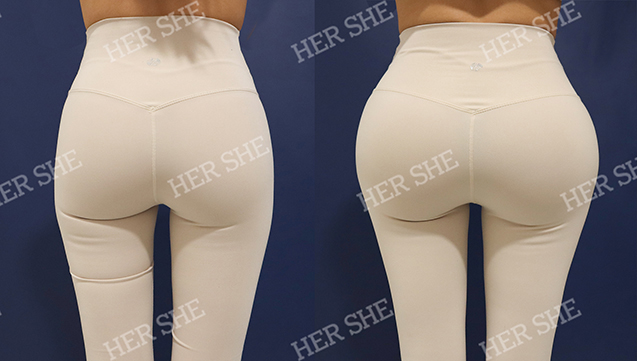
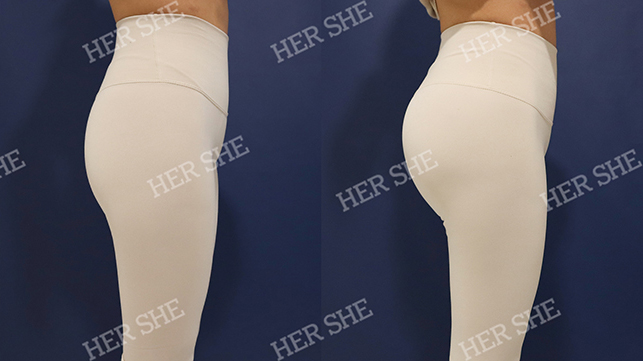

Q. What Is Minimal Invasive Butt Lift Procedure?
A. The Minimal Invasive Butt Lift is a non-surgical procedure that enhances and reshapes the buttocks using advanced thread lifting technology. Biocompatible 4th generation PDO threads, Epiticon®, patented dissolvable threads developed by our head surgeon, Dr. Jung Young Choon, are used to lift and reposition the buttocks, creating a fuller and more sculpted look without the need for fat grafting or traditional surgery.
Q. How Many Threads Are Used During the Procedure?
A. The number of threads used in a butt lift varies depending on factors such as the size of the buttocks, the degree of tissue sagging, and the desired shape. Typically, the number of threads ranges from 10 to 50 or more. A consultation with the doctor is essential to determine the appropriate number for your specific needs and goals.
Q. What Is the Recovery Time?
A. The time for returning to daily life may vary depending on the individual's condition. However, recovery usually takes 1 to 2 weeks for most daily activities without significant difficulty. Major swelling and bruising typically occur 2 to 3 days after the procedure and subside within about 7 days. Minor swelling may take up to 1 month to fully resolve. Light walking is recommended to help reduce swelling and promote healing.
Q.Can I Lie Down or Sit Immediately After the Procedure?
A. Since a hip lift involves thread lifting to tighten muscle tissues and volume enhancement with fat grafting, applying pressure to the buttocks can cause deformation. It is recommended to avoid sitting or lying on your back for extended periods. If sitting is necessary, it’s advisable to get up and move around periodically. Initially, sitting may be uncomfortable, so using a soft cushion for support can help reduce pressure on the area and enhance comfort.
Q. How Long Do the Results Last?
A. Results are typically long-lasting, especially when maintaining a stable weight and a healthy lifestyle. However, natural aging may gradually affect the appearance over time. To preserve the results, it is recommended to avoid intensive dieting and intense exercise that could interfere with the fat grafting process.
Q. Will There Be Noticeable Scars?
A. The procedure is performed with minimal incisions using a cannula, so the resulting scars will be minimal. The marks left are slightly larger than needle punctures but tend to fade over time, becoming less noticeable. However, if scarring remains a concern, laser treatments or other scar management programs can be helpful.
Q. What Precautions Should Be Taken After Butt Lift Procedure?
A. Prior to the surgery, the clinic will provide you with explanations, consent forms, and pre-surgery instructions. After the surgery, the clinic will provide post-surgery instructions as well as prescribed medication. Key post-surgery instructions include avoiding prolonged sitting or lying down, refraining from intense massages around the buttocks, and taking prescribed medication to reduce swelling and prevent inflammation. Alcohol and smoking should be avoided for one month, as they can negatively affect bleeding, infection, and wound healing. Strenuous exercise and weight loss should be avoided for approximately two months. However, light stretching and walking are encouraged to help reduce swelling and promote circulation.


 힙업리프팅으로 애플힙 뒤태 만들수있나요? 힙업성형 Q&A
힙업리프팅으로 애플힙 뒤태 만들수있나요? 힙업성형 Q&A

 어깨필러 상담부터 시술과정까지, 직각어깨 REAL 현장
어깨필러 상담부터 시술과정까지, 직각어깨 REAL 현장

 쌍수하고 술 언제부터 마셔도 되나요?
쌍수하고 술 언제부터 마셔도 되나요?


